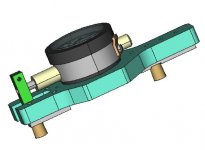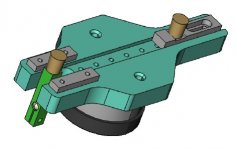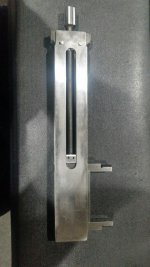What is the proper way to measure shallow bores? I've got a part coming up that has a bore call out at 9.843 +.002 -.000. And is .250 deep. .002 isn't too tight, but how do you accurately? And if it was +.001 or tighter what do you use? That's not enough room for inside mic. Vernier I don't usually trust under .005. Not enough for a telescoping gauge. Same for dial bore gauge. That is pretty much our only sources of measuring currently.
Thanks for the help!
Thanks for the help!





